Shillong: A Tribal Town in Transition
Synopsis
The out break of Jaintia uprising in1860-61 proved the inadequacy of Cherrapunji as the location of the District Head quarters of Khasi Hills. The search for a new location for the District Head quarters ultimately led the last of the commissioner of Assam Col. Henry Hopkinson to the valley of Yeodo. The present Shillong was covered at that time by deep forests surrounded by populous villages, like Laban and Mawkhar. Jungles were cut, some allotments were made to Europeans and Eurasians in the core areas. The migrant business people were allotted land in what is now known as Police Bazar. With the shifting of the offices from Cherrapunji, Yeodo was renamed Shillong after the sacred peak by Col. Henry Hopkinson on 28 April 1866. with the formation of the chief commissionership of Assam in 1874, the political and administrative head quarters of the chief Commissioner Col. R. H. Keatings, was shifted after 40 days of stay at Guwahati to Shillong on20 March 1874. Since then Shillong has ot ceased to grow as the capital city of province except for a brief period of 1905-1912. Even then, most of the government offices remained in Shillong. The home coming from Dhaka to Shillong did not take much time. With the reorganization of North-East India, the State of Meghalaya was born in 1972 with Shillong as its capital. Inspite of heavy exodus of large number of people of Guwahati, the new Capital of reorganized Assam. Shillong could record spectacular growth during the last three decades particularly during 1991-2001 in every field. It has now spilled over the hills that surround it. The core of the city of Shillong remains cosmopolitan in a tribal setting. What we really lost is architectural harmonization of the building with the terrains. The city is now filled up with high rise RCC structures. During the last three decades specially during 1991-2001, the growth of Shillong has been unplanned. Due to lack of legal tools, town planning could not make any headway. Attempts have been made in this publication to understand the urban dynamics of change. Urban development and urbanization can not take place in isolation. It reflects social growth.
Read more
16.20
14.58
$
18.00 $
Free delivery Wolrdwidе in 10-18 days
Ships in 1-2 days from New Delhi
Membership for 1 Year $35.00
Get it now and save 10%
Get it now and save 10%
BECOME A MEMBER
Books by the same authors

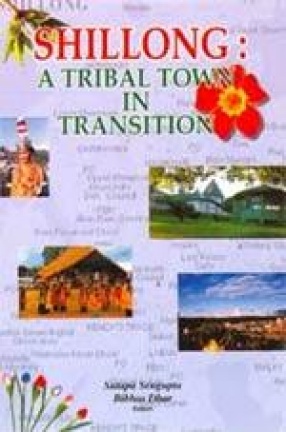

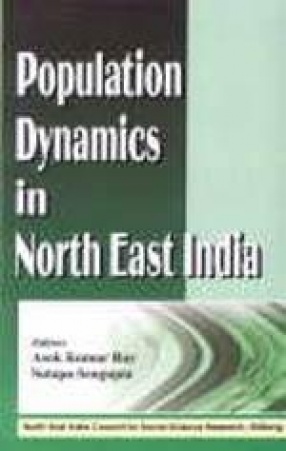
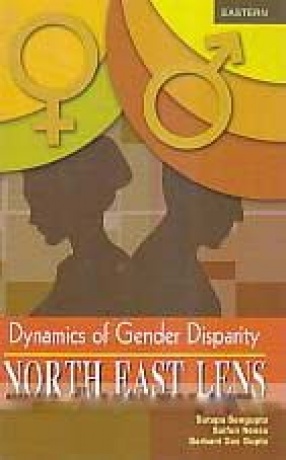

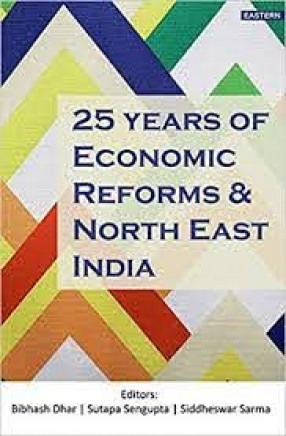

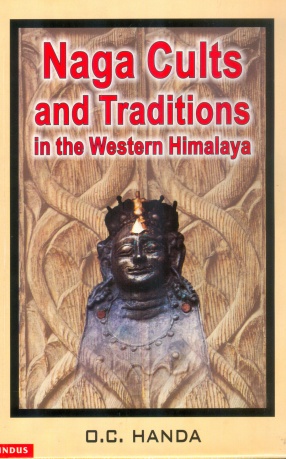
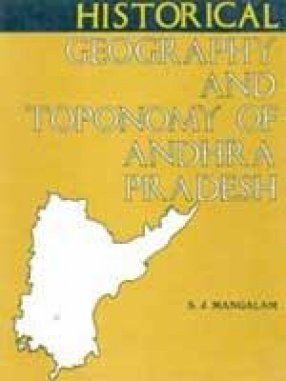
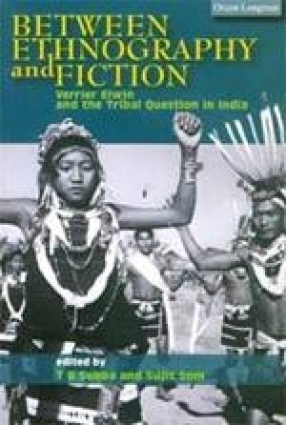

Bibliographic information
Sutapa Sengupta